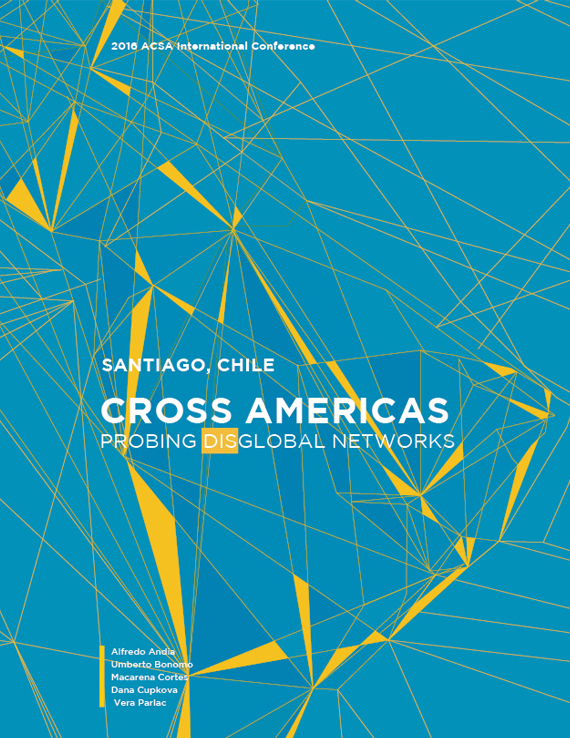Author(s): Daniel Adams & Marie Law Adams
Resource industries are present in the post-industrial city in a mutable state, as the goods of global trade pass through as interim piles (salt, sand, and gravel), in holding tanks (petroleum), and silos (cement). The flow of resources is fundamental to urban life and shapes the urban landscape, yet engagement with this mode of industry in the city has been largely outside the realm of the design disciplines. If Reyner Banham’s Los Angeles was made legible through the mediating lens of the windshield and the rear-view mirror, then the constructed landscapes of primary resources in today’s post-industrial city are only understandable through the windshield of the front-end loader that acts as the mediator between global networks and local distribution. The material terminals that these loaders serve are not classified by permanent structures, but rather by the through put dictated by the demands of the city. This dynamic relationship of primary industry to the contemporary city is better understood through the relational terms of ecology than formal conventions of architecture. As such, the environments created by the flows of primary industry to urban centers require new modes of engagement from designers. The current architectures of such resource industries in cities- containers, sheds, fences – result from practices of use-based zoning, homeland security, and offsite mitigation, but such static structures fail to engage the dynamic dimensions of a fluid industry. In order to create a new framework, this paper analyzes the spatial and programmatic opportunities that result from re-conceiving these three regulatory conventions through an analysis of a realized project with a global marine terminal in Boston Harbor.
https://doi.org/10.35483/ACSA.Intl.2016.43
Volume Editors
Alfredo Andia, Dana Cupkova, Macarena Cortes, Umberto Bonomo & Vera Parlac
ISBN
978-1-944214-10-4

 Study Architecture
Study Architecture  ProPEL
ProPEL 
